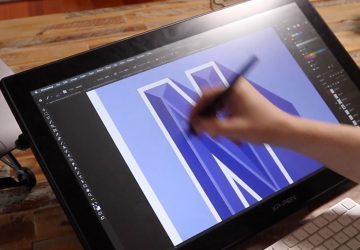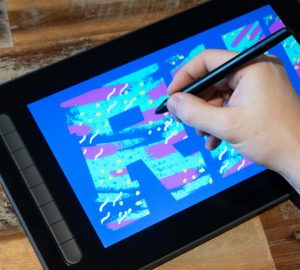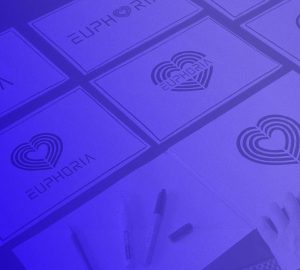So, you want to go freelance and are interested in working with design recruitment agencies? To do this is relatively straightforward, but there are a few things you need ready to start the process to become a freelancer.
Before considering going freelance with design recruitment agencies, you need to get your portfolio and your CV in order. These need to be complete and ready before you proceed with registering with a design recruitment agency. So, to properly prepare to become a design recruitment agency freelancer, there are a few things you need to do.
Build your portfolio
As a design recruitment agency freelancer, your portfolio will be your most important asset! It’s this that will get you your work.
This is your number one priority and you will need your portfolio to reflect your potential as effectively as possible. Before you become a freelancer, you want to make sure your portfolio is in order and as refined as possible. Now your portfolio could take many forms, but for a design recruitment agency freelancer it helps to have it as a PDF document, which can easily be sent via email.
Firstly, you need your portfolio for the onboarding process with design recruitment agencies. You’ll need to present this to the design recruitment agencies and, once they are happy, they use it to share with their clients to find you work.
Build your CV
Now every design recruitment agency you register with will ask you for a CV. When you’re put forward for roles, typically two documents are sent to the client; your CV and your portfolio.
Clients will predominantly be looking at your portfolio to see if you are capable of undertaking any creative role they have. However, they will also be taking your experience into consideration so will want to see your CV.
On occasion, a client may be looking at many applicants and if the competition is tight then it could come down to the CV and experience that decides who gets the contract.
In addition to your CV, you will want to do a couple of things.
Organise references
Now, not all design recruitment agencies are the same, but they typically will need some references as part of the onboarding process.
Design recruitment agencies want the most qualified and professional designers they can count on, to reflect well on their agency. So, they will require references to confirm your experience and your performance.
Now it’s not just the design recruitment agencies that require references. In my experience, clients have often requested references before accepting me into a contract. So be sure to have some ready.
So the portfolio and CV are the most important assets you will need prepared before going freelance with design recruitment agencies.
Get your website or Behance links ready
However, it also helps to get your website or Behance ready too. Now as easy as it is to send PDF documents over email, if you are a motion graphics designer or web designer, static images in a PDF won’t do your work any justice. You’ll want to get your website set up so it can be sent over to the client.
Now if you don’t have a website, Behance is a good alternative to host your digital media to share with clients. There are other websites out there that can also do this, but I’ve found Behance to be the best for me.
Get savings
Now when speaking to recruitment agents, they have often asked the question “can you go a month without getting paid?”. They ask this because there are no guarantees with freelance and it could take a few weeks to get your first contract.
This is a reality of a freelancer. So, it’s wise to have some savings to support yourself in the beginning and during the quiet periods.
Call up design recruitment agencies
Now as soon as you make the jump into freelance, your first priority will be finding work. So, you will need to maximise your chances of finding work. Once you have your portfolio, CV, references and online media prepared, you’re ready to start talking to design recruitment agencies.
At this point, my advice is to call up as many design recruitment agencies as possible, get on their books and arrange interviews.
Now some of the best advice I can give you is don’t put all your eggs in one basket. One design recruitment agency may not always have work to offer, so it helps to be registered with many to maximise your chances of getting work.
I am currently registered with many design recruitment agencies, and have worked with many over the years. When I’m available, I simply call them all and let them know I am free and, before long, one of them is offering me a contract opportunity.
Now, I advise you to get in touch with design recruitment agencies before you go freelance, because it can take a few weeks to complete the onboarding process.
You will need to go in for interviews, submit all the documentation and they will need time to process it all. So, it’s best to get on board with the design recruitment agencies before you leave any full-time role you may be in, so you can hit the ground running when you eventually do go freelance.
To recap
The key things I recommend you have prepared before going design recruitment agency freelance are:
- Build your portfolio
- Build your CV
- Organise references
- Get your website or Behance links ready
- Get savings
- Call up as many design recruitment agencies as possible
So, what are thoughts? Do you think there’s anything else you need ready before going freelance? Are you ready to go freelance? Let me know in the comments below.








